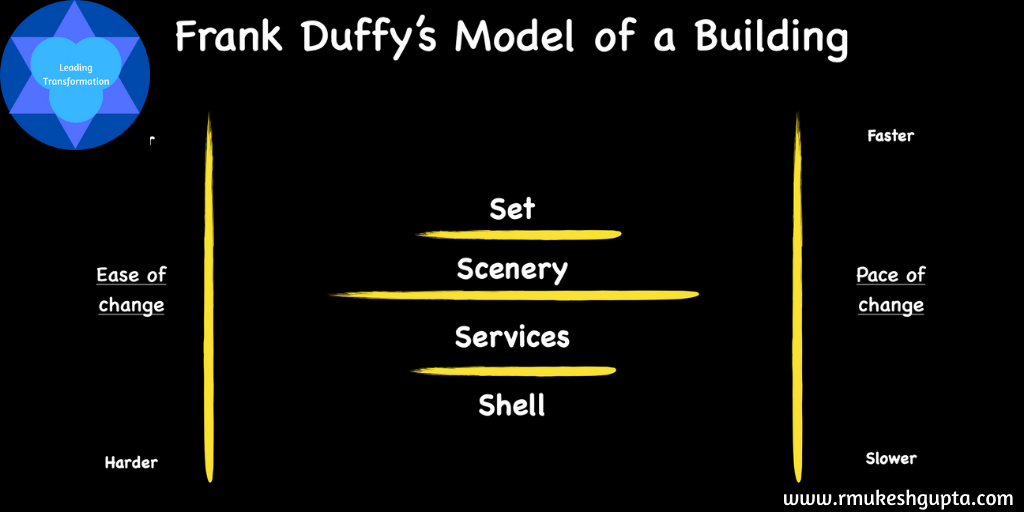I have set myself a goal to read at least 25 books this year, which roughly translates to about a book every couple of weeks. I also did not just want to read these books but also absorb and internalise the content of these books.
What better way than to recollect what I learnt and share it with my friends here on my blog as a summary.
So, here is the first book that I finished reading this year –
The Growth Gears.
Authors:
Both Art Saxby & Pete Hayes are executives at Chief Outsiders. Chief outsiders is an agency which helps mid-sized companies hire executive talent, specifically CMO’s who can help them grow, without actually taking them on their payrolls. Both of them have a lot of experience as CMO’s themselves and have helped many companies script good growth.
Target Audience:
If you own or are CEO of a mid-sized business, then this book is for you.
Main Concept of the book:
Art and Pete use the analogy of gears to illustrate the point that in order to grow your business, you need to follow the following three steps:
Gear One: Gain insights
In this section, the authors focus on three main areas of insights, which they call the Three Cs.
- Customers: One needs to know a lot about the customers that one is serving, their needs, their wants, why do they buy from us and why dont they buy from us.
- Competitors: One also needs to understand who are our real competitors. How are they competing with us? Where are they winning and why?
- Company: It is equally important to understand our own company culture, strengths and weaknesses.
The book gives a lot of tactical advices on how to go about gaining insights about each of these levers.
Gear Two: Define a Strategy
Once you have enough insights about your customers, competition and your own business, it is time to define the strategy for growth.
The quality of your growth strategy will be dependent upon the quality of your market insight.
In this section, the book explores the different strategies that one has access to growth.
- Market (existing or new): Your target customer and how you will sell to them.
- Offerings (existing or new): Your products, services, features, and pricing.
- Positioning (existing or new): How you talk about your product and compare to competition.
Gear Three: Execution excellence
In this section, the book explores the fact that coming up with a great strategy is easy, its is executing on the strategy well that matters. And this is a change management challenge rather than anything else. So, the book goes on to explore how to communicate this change in destination to the employees, how to ensure alignment at all levels and then shares the three levers for execution excellence which are:
Resources:
- Money or budget
- People and their time, which means not just the cost of the people but also the amount of time they’re going to put in
- Systems and technology that will be deployed to support your strategy
Tactics: Answers to the following questions would help defining the actual play in the market.
- How do we want to be perceived? (That aligns with gear one, Insight.)
- What do we stand for? (That aligns with gear two, Strategy.)
- Are we able to communicate those things in how we look, in how we describe things, and in the voice we use in our digital media?
- Is our website talking about the things we do or how we do them? Or are we talking about the types of problems we solve and the value a buyer can get?
- Can buyers get the information
Metrics: The book shares the importance of identifying and tracking lead metrics to track progress.
Whether or not you’re already evaluating your marketing effectiveness, there are two dimensions to consider:(1) Are you getting a return from the investment you’re making?, and(2) do you have access to leading indicators that will demonstrate the effectiveness of your marketing before the end of your sales cycle or before the ability to measure an actual dollar return?
What is Great about the book:
The best part about the book is that this is a tactical how-to guide about what could business owners could do and in what order to find growth for their business. It is simple to read and easy to follow. I also believe that the advice given to business owners is good.
What could have been better:
What would have made the book really a class apart is for them to have one or a few case studies of how a real life business owner used these tactics to find significant growth for their business. I think this could have been possible simply because both the authors are practitioners and had access to this information amongst their clients.
Final words:
I think that this book would be a good read if you are looking to grow your business – irrespective of the fact that you own the business or you are just someone in an organisation responsible for a small part of that business.
[bctt tweet=”#BookRecommendation: If you are looking for help to grow your business to the next level, buy, read & follow The Growth Gears by @ChiefOutsider & @PeteHayes – http://amzn.to/2hXCPna” username=”rmukeshgupta”]
I would rate this book 7.5/10.



